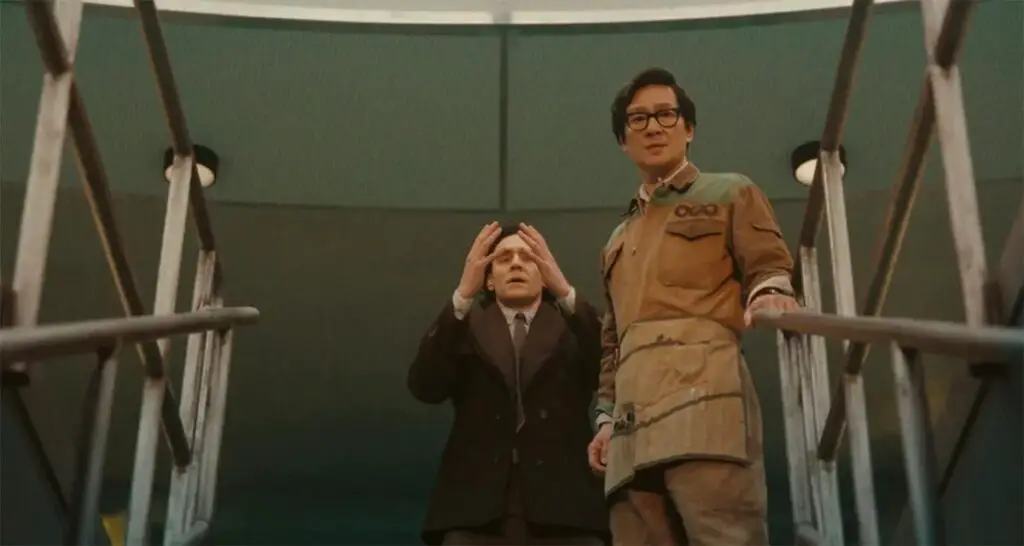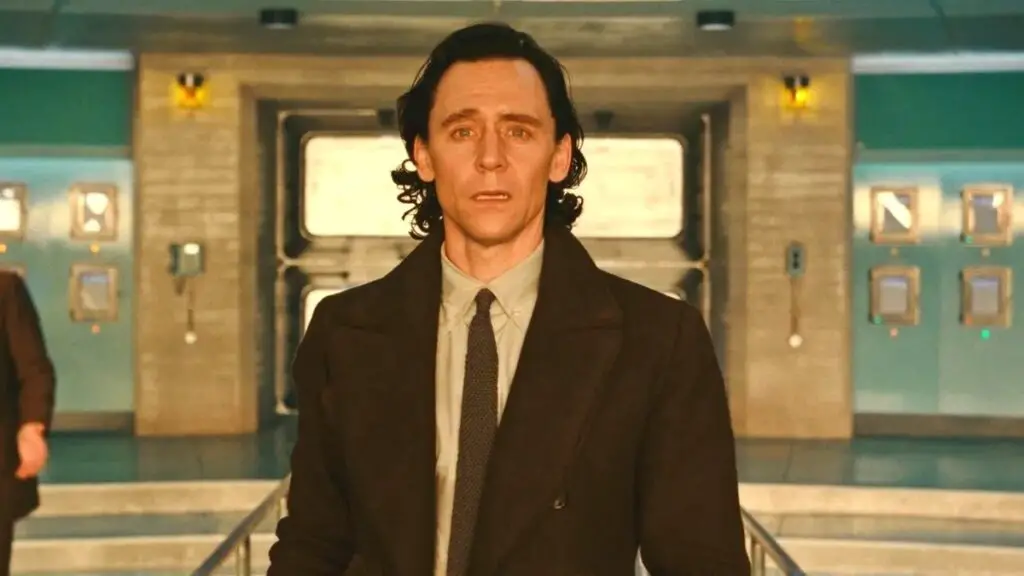“Loki: Season 2″ marks a significant shift from the time-jumping narrative of its predecessor, focusing instead on the ramifications of branching timelines. This season centers around the turmoil within the Time Variance Authority (TVA), underscored by the absence of ‘He Who Remains’ and the resultant chaos. The narrative interweaves several plotlines, including the rift between Loki and Sylvie, the existential struggles of Mobius and other TVA employees as they come to terms with being variants, and the introduction of a new Kang variant, Victor Timely. This multifaceted storyline adds depth to the series, delving deeper into character development and the intricate workings of the MCU’s multiverse.
The Ambiguity of Villainy and Pacing Challenges

One of the challenges faced in this season is the delayed emergence of a clear antagonist. It is not until the later episodes that a definitive villain takes shape. This lack of a central villain, coupled with the complex narrative structure, contributes to a pacing that sometimes feels aimless, in contrast to the more driven storyline of Season 1. Despite these pacing issues, the season succeeds in maintaining a sense of suspense and intrigue, albeit with a different narrative rhythm.
The Stylistic Evolution and Impact on the MCU
Season 2 of “Loki” stands out for its unique stylistic approach, particularly in its cinematography and color grading, which lend a retro feel to the series. This stylistic evolution, while contrasting with the previous season, complements the overarching theme of the series. Importantly, “Loki” Season 2 carries substantial weight within the MCU. It possesses the potential to significantly influence the future narrative direction of the franchise, especially with its focus on the multiverse. The performances, particularly those of Tom Hiddleston as Loki and Owen Wilson as Mobius, are highlights of the season, contributing to its status as a strong pillar within the MCU.


